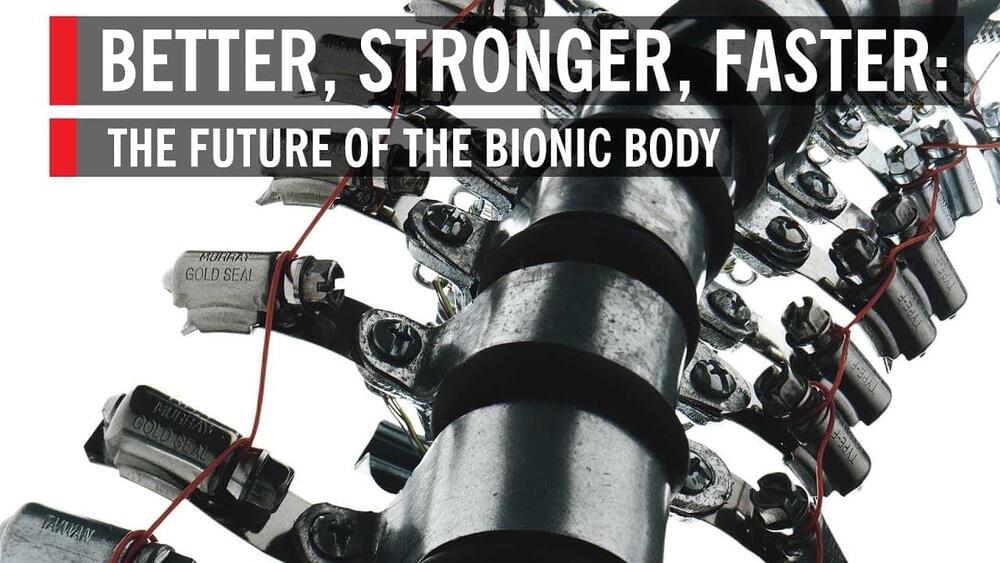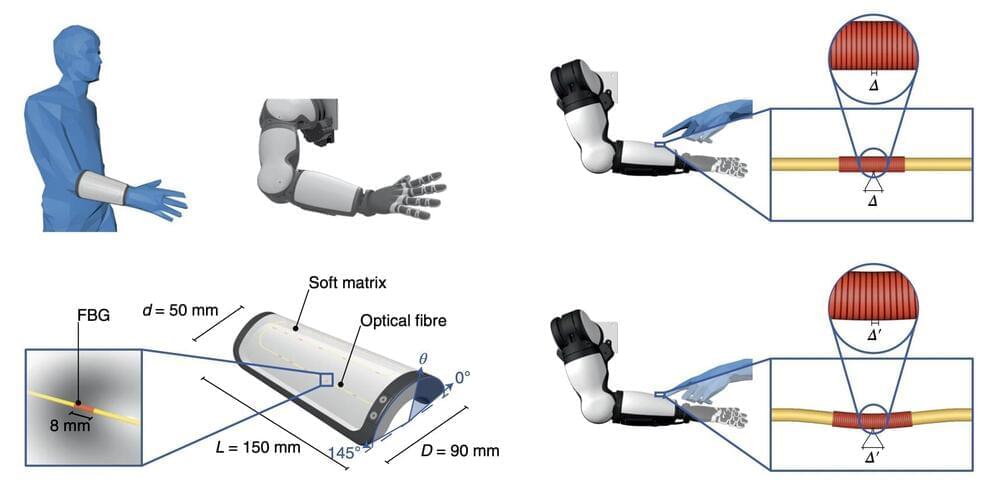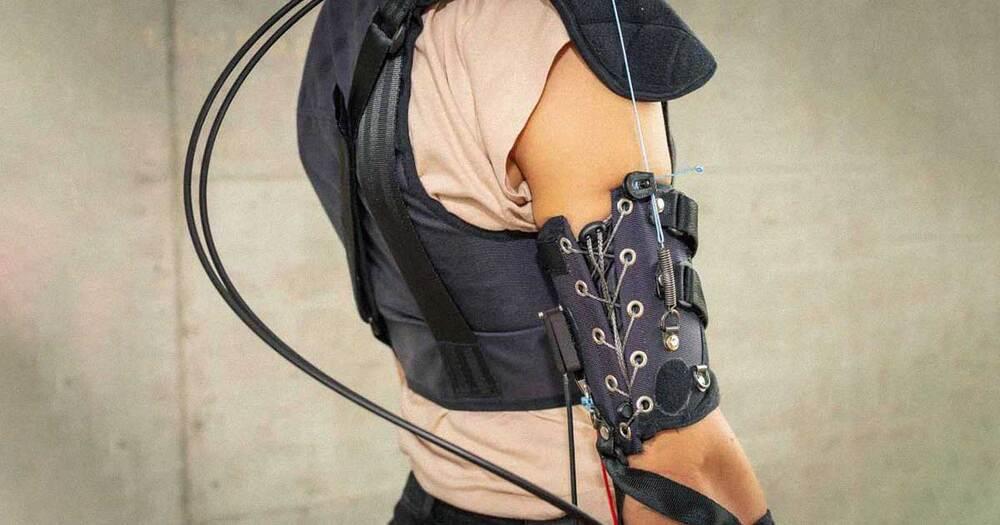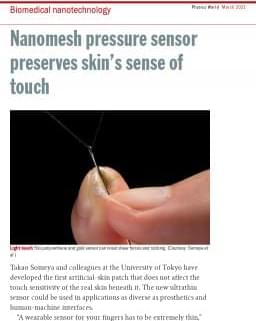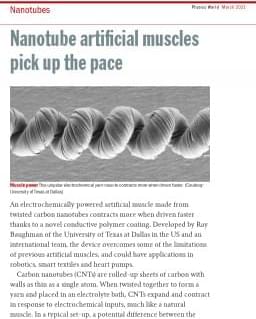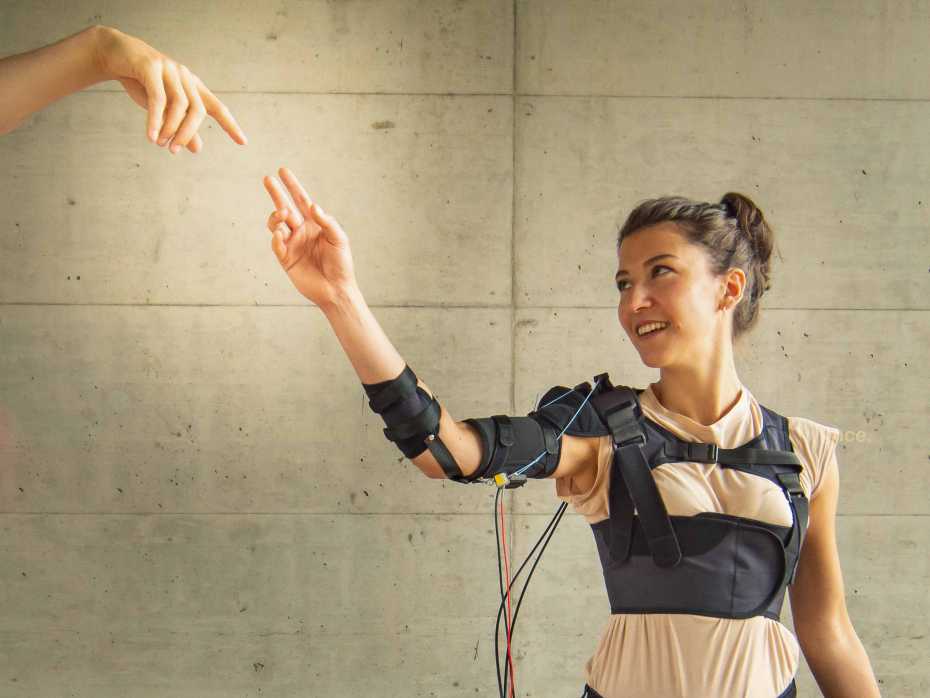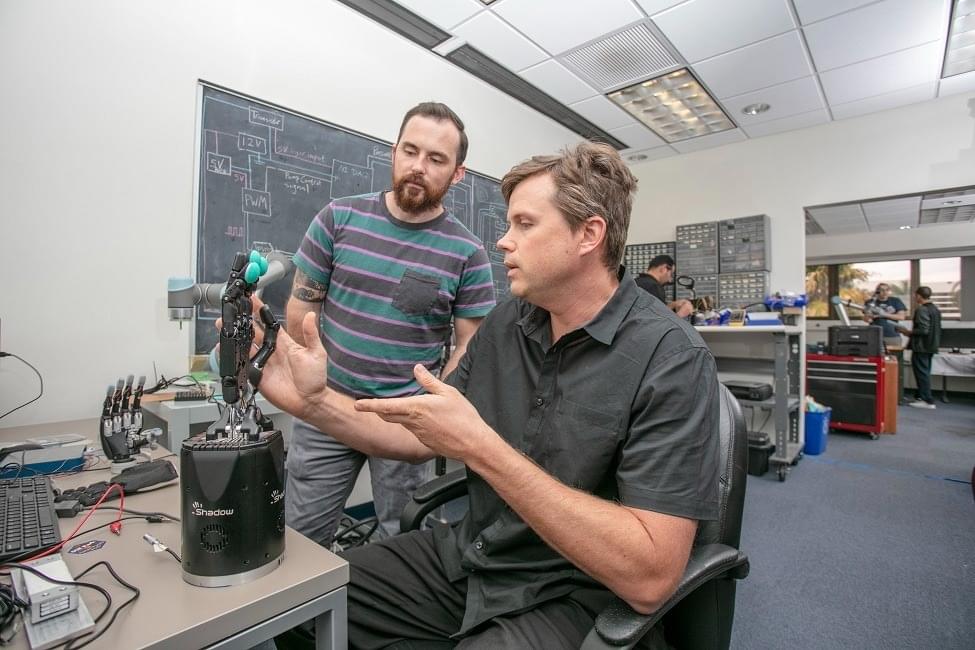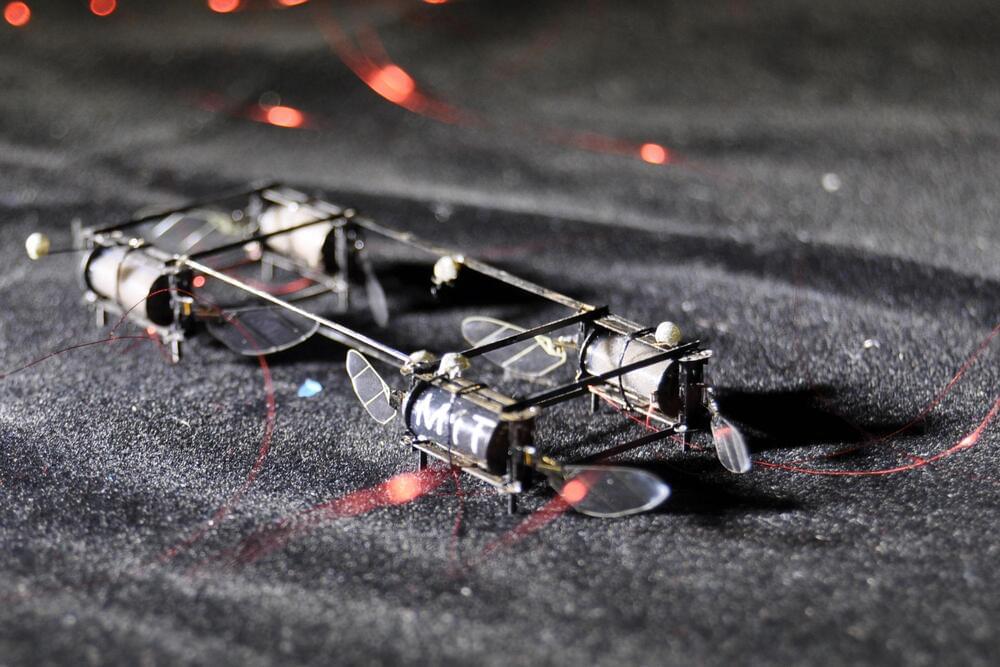Jul 1, 2022
Brain-computer interface technology opens up “whole new world” of therapies
Posted by Dan Breeden in categories: biotech/medical, computing, cyborgs, neuroscience
“We are starting to help patients in ways that we did not think were possible,” Thomas Oxley (Mount Sinai Hospital, New York, USA) tells NeuroNews, referring to the potential of brain-computer interface (BCI) technology. Alongside his role as a vascular and interventional neurologist, Oxley is chief executive officer of Synchron, developer of the Stentrode motor neuroprosthesis. The Stentrode is an implantable BCI device that, according to Oxley, is the first of its kind to be in the early feasibility clinical stage in the USA following US Food and Drug Administration (FDA) approval of Synchron’s investigational device exemption (IDE) application last month. Speaking to NeuroNewsfollowing a presentation on the topic at the Society of NeuroInterventional Surgery’s 18thannual meeting (SNIS; 26–29 July 2021, Colorado Springs, USA and virtual), Oxley gives an overview of the COMMAND early feasibility study, anticipates key results, and considers more generally how BCI technology could shape the future of deep brain stimulation.

